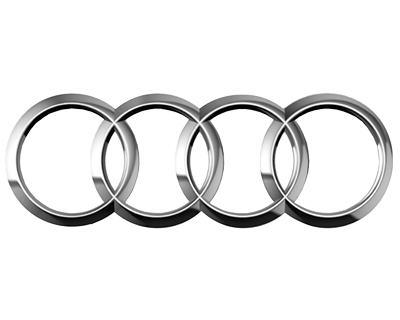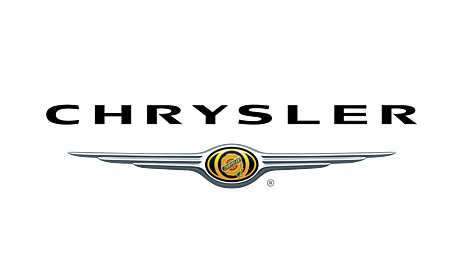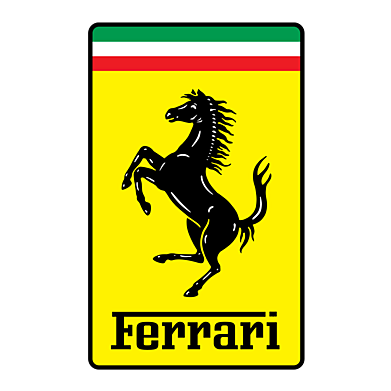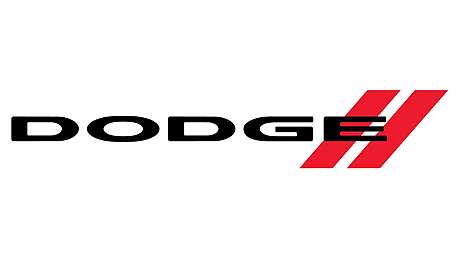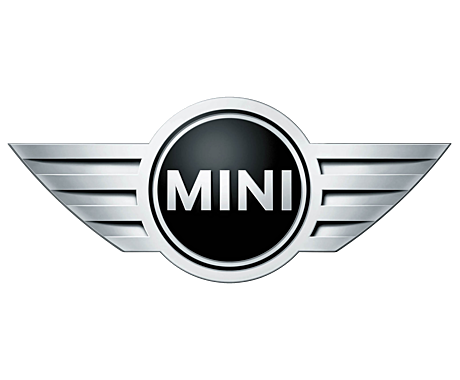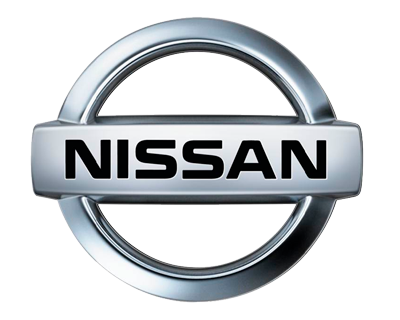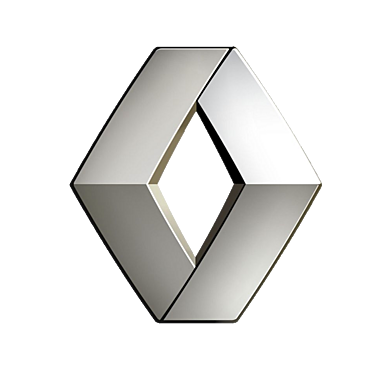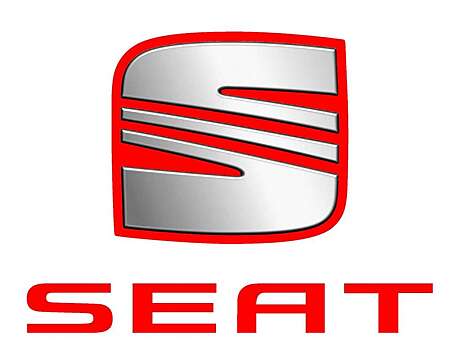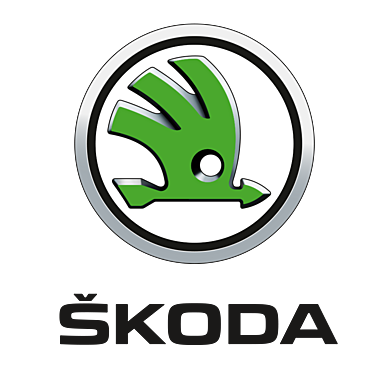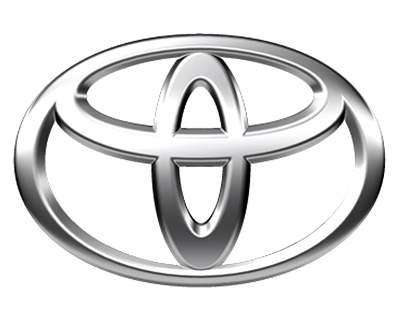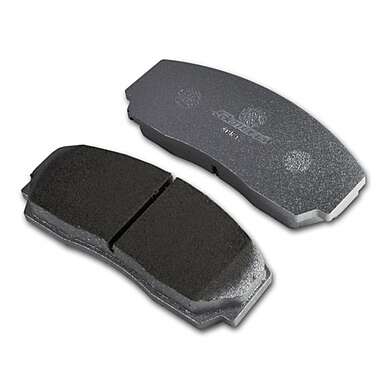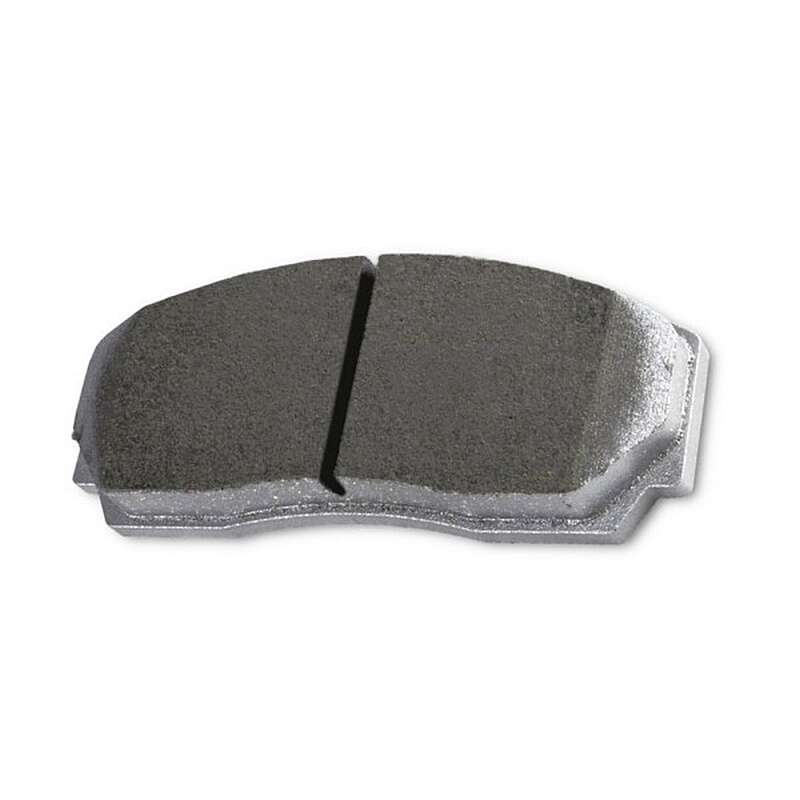Brake pads, due to their specificity, are the most wear-prone element. In addition, brake pads directly affect the quality and efficiency of braking. Not surprisingly, more efficient pads, sometimes referred to as sports pads, are the simplest and most common way to improve braking performance. The selection of good pads is a guarantee of your safety and driving pleasure.
Rotora offers several brake pad options based on the friction material used. The friction material is the only part of the brake pad that comes into contact with the brake disc and converts kinetic energy into heat. The friction coefficient of this material determines the braking efficiency, as well as the temperature resistance of the brake pad.
Rotora's main brake pads are H2 Ceramic pads. Ceramic friction material has replaced the obsolete organic material reinforced with fiberglass. Modern ceramic pads have a high coefficient of friction at any temperature, low abrasiveness, noiselessness and low dust emission.
The high coefficient of friction allows Rotora ceramic pads to work effectively over the entire temperature range from 0 to 500 degrees. When used in the city, this temperature is sufficient for any driver. Even in winter, at subzero temperatures, H2 Ceramic brake pads provide comfortable braking without preheating.
The low abrasiveness of ceramic pads allows not only to extend the life of the pads themselves, but also to increase the life of the brake discs. In some cases, pad life is increased by 50-100%, and disc life is doubled.
The use of a ceramic bonding material allows you to get rid of any extraneous sounds in the brake system, such as squeaking or grinding. Even in rainy or wet weather, ceramic brake pads operate silently and efficiently, ensuring the comfort of the driver and passengers.
A logical continuation of the low abrasiveness of the Rotora H2 Ceramic brake pads is their low dust separation. Black deposits and indelible dust on rims will become a thing of the past. Which will also allow you to save on wheel cleaners. Although this will not affect the quality of braking.
Ceramic pads have one major drawback. The complexity and laboriousness of the production process of such pads, as well as the use of only the most modern equipment, naturally affects the price. But taking into account all the above advantages of ceramic pads, it becomes clear that a momentary overpayment allows you to save money in the future, while providing the owner with all the advantages of high-quality braking.







